-
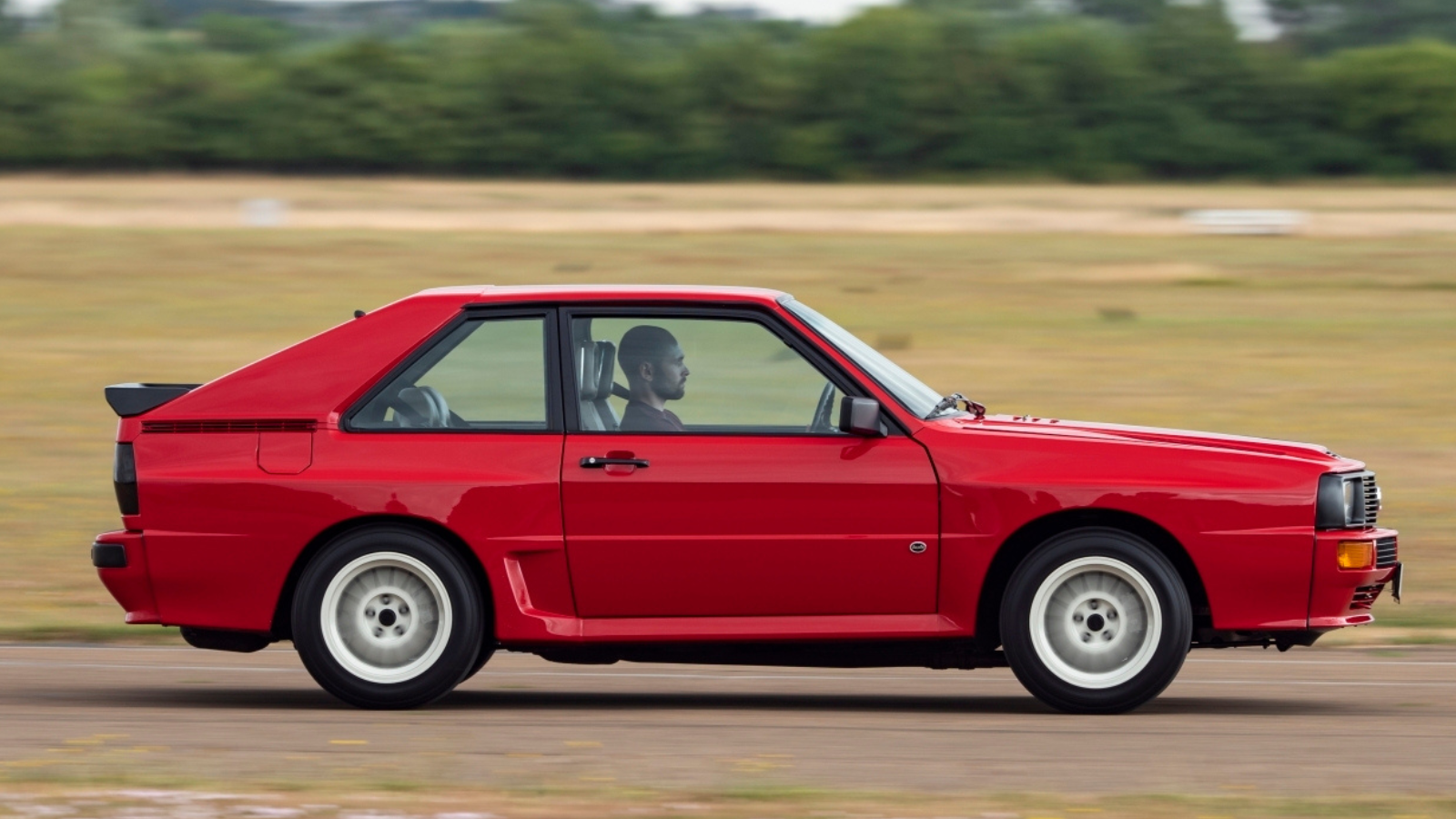 © Audi
© Audi -
 © Audi
© Audi -
 © Audi
© Audi -
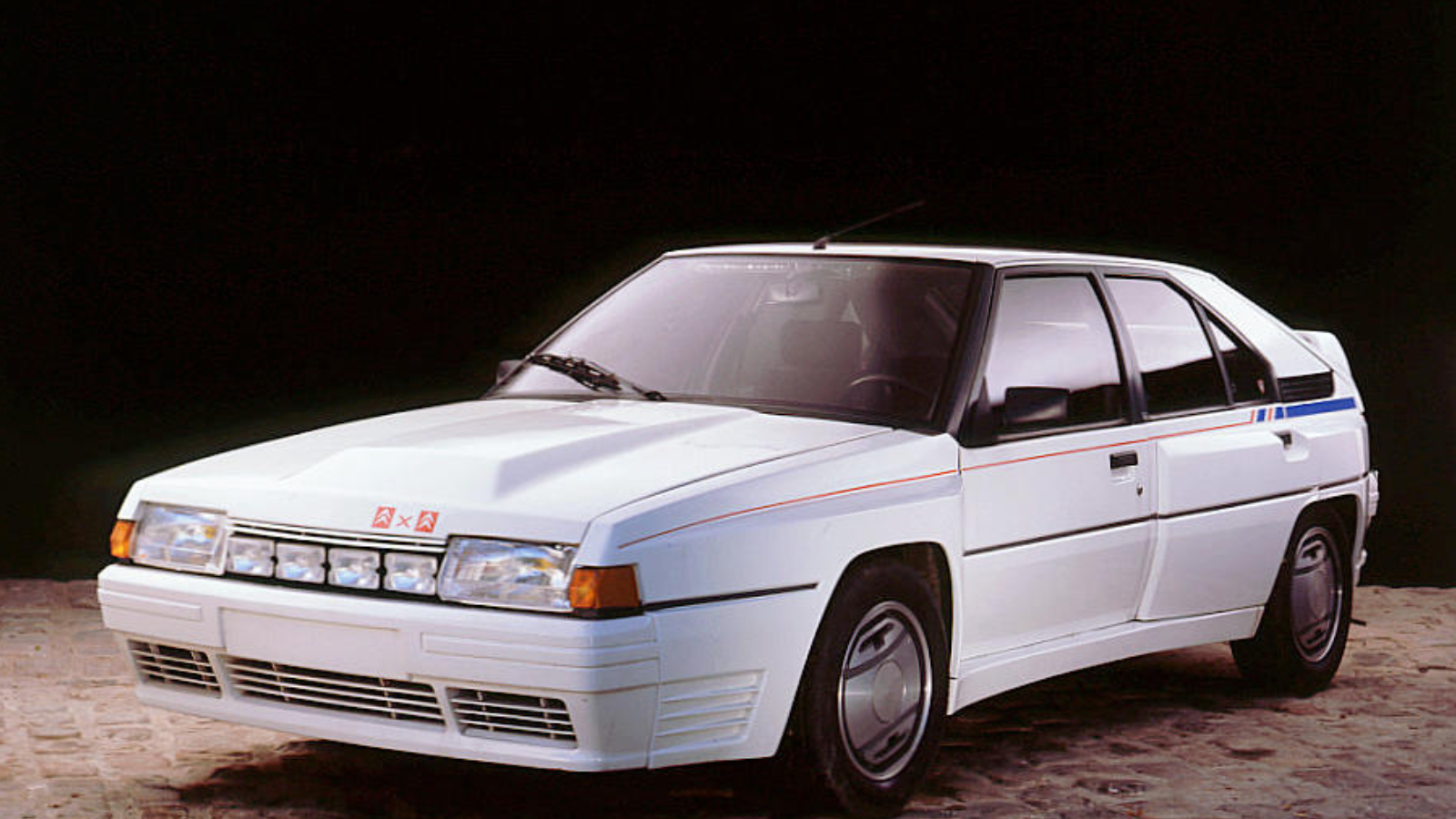 © Bonhams
© Bonhams -
 © Dedeuche/Wikimedia Commons/Creative Commons licence https://creativecommons.org/licenses/by-sa/3.0/legalcode
© Dedeuche/Wikimedia Commons/Creative Commons licence https://creativecommons.org/licenses/by-sa/3.0/legalcode -
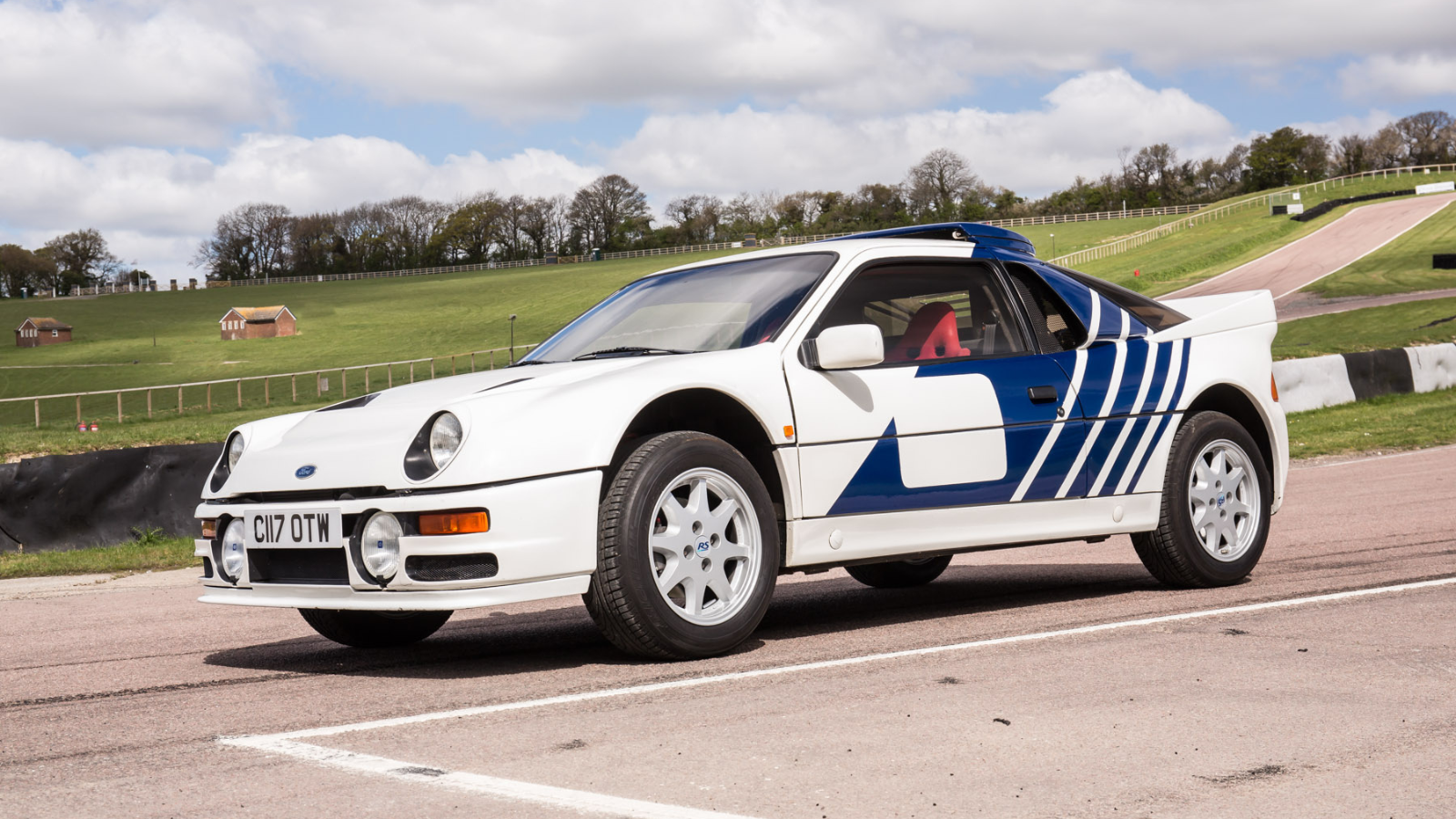 © Ford
© Ford -
 © Bonhams
© Bonhams -
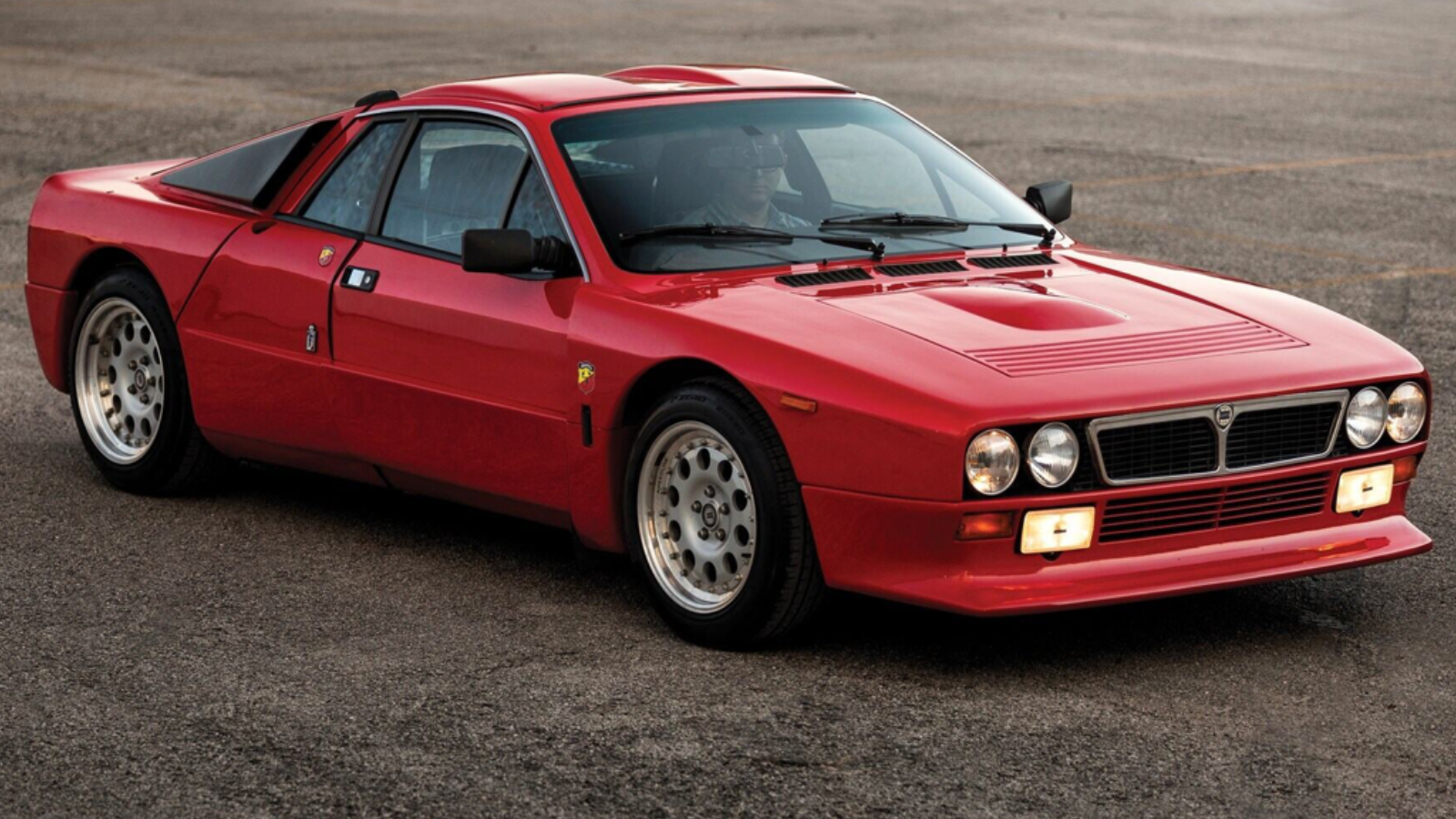 © RM Sotheby’s
© RM Sotheby’s -
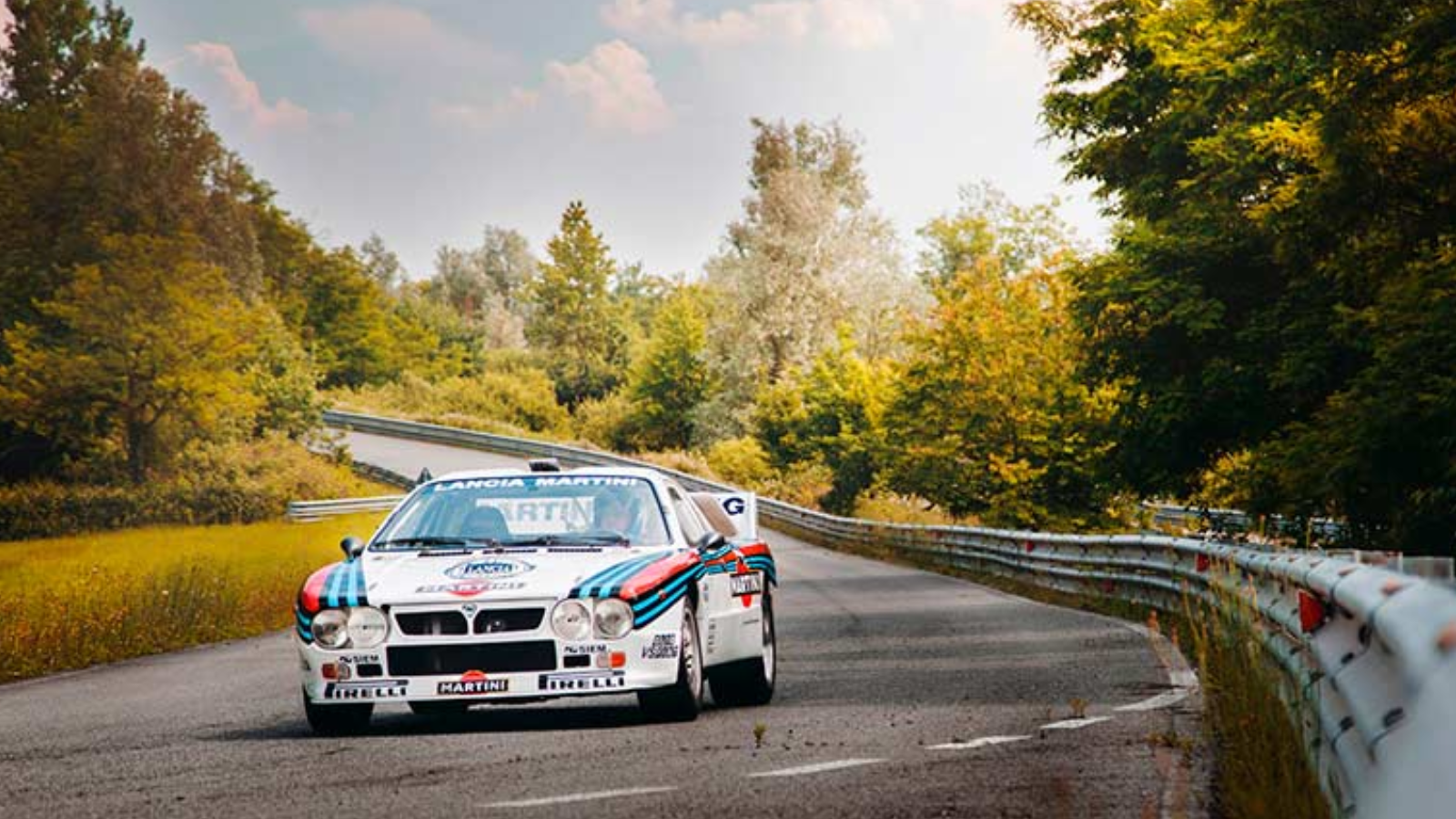 © Lancia
© Lancia -
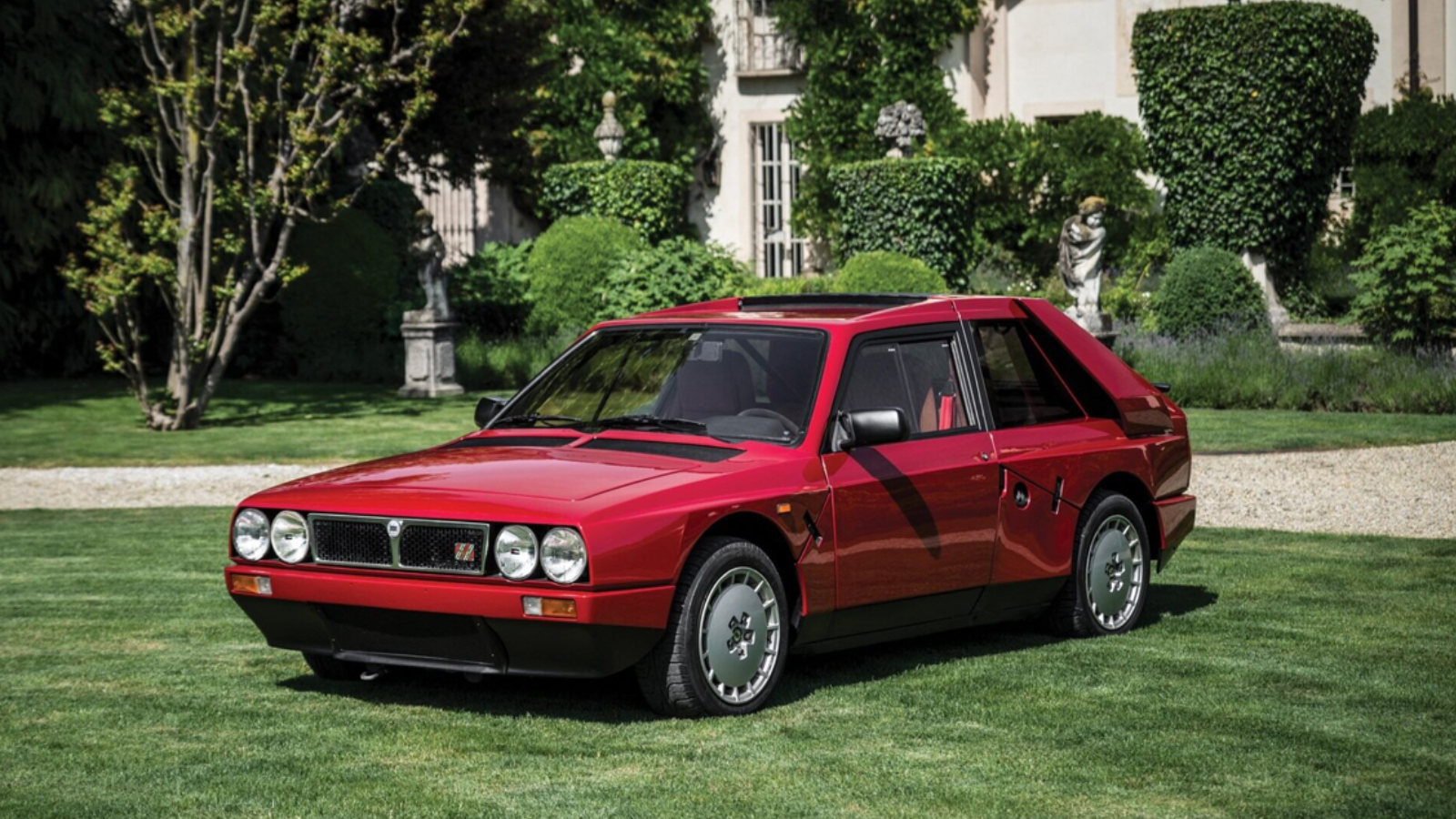 © RM Sotheby’s
© RM Sotheby’s -
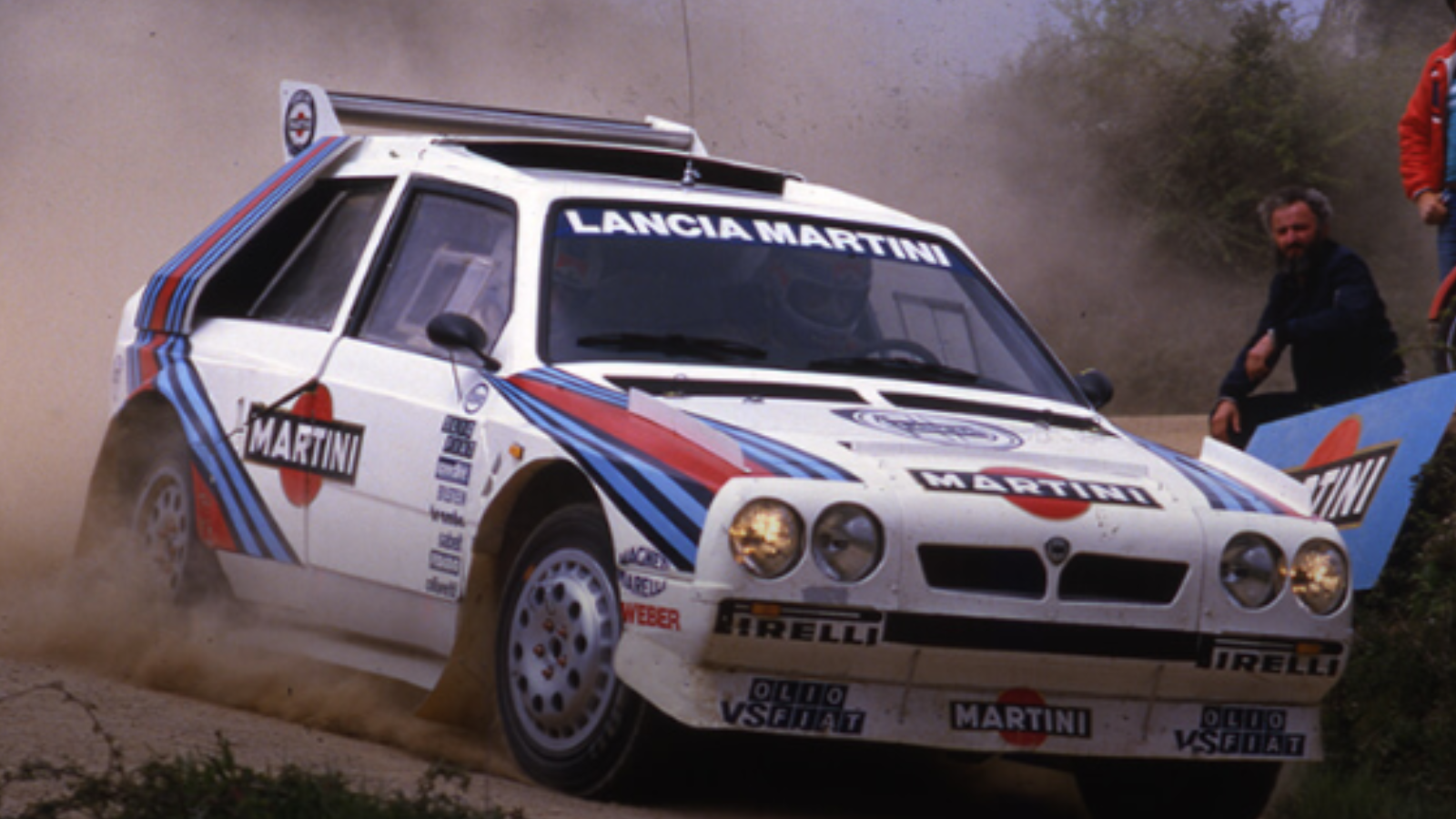 © Lancia
© Lancia -
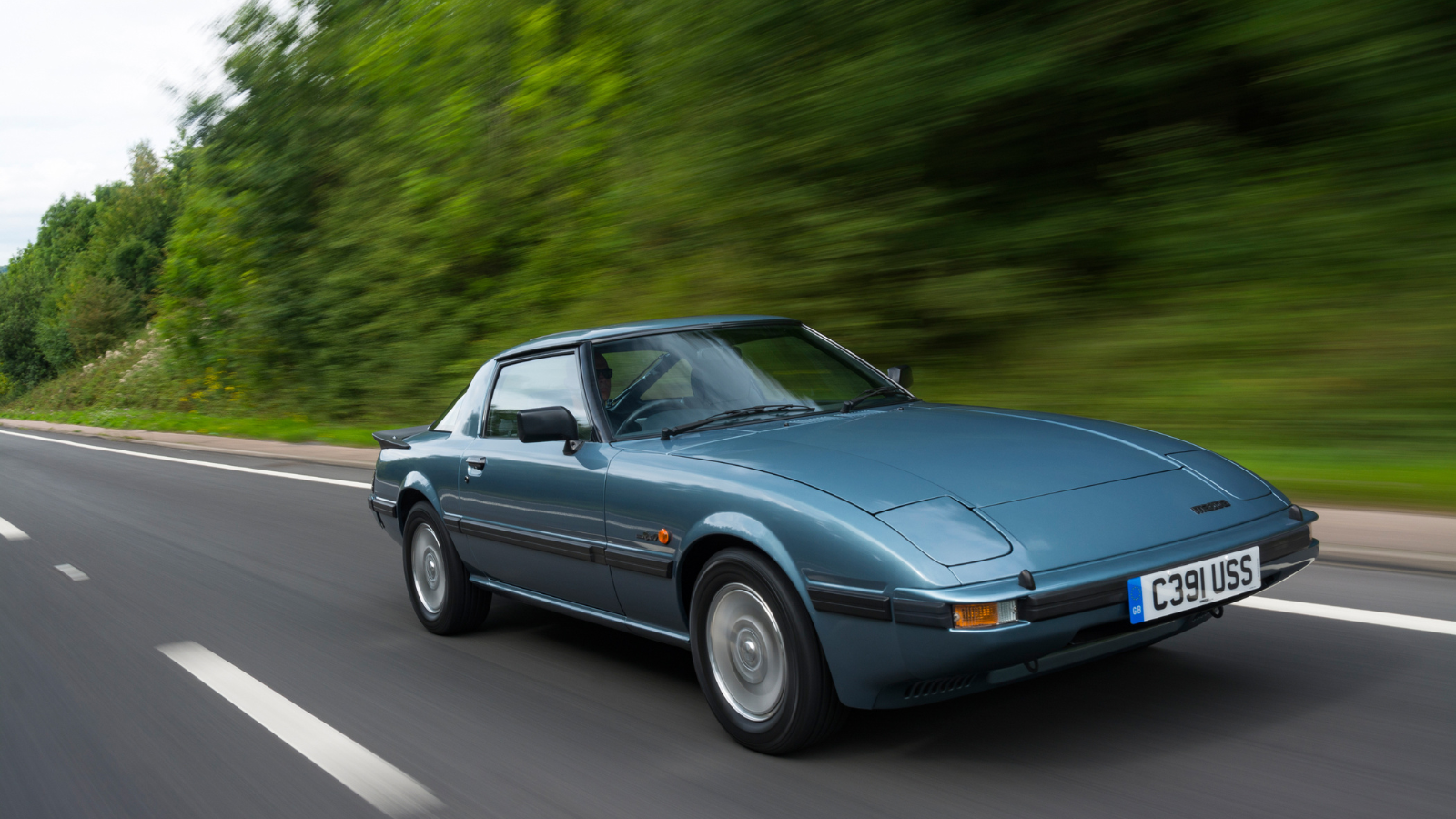 © Mazda
© Mazda -
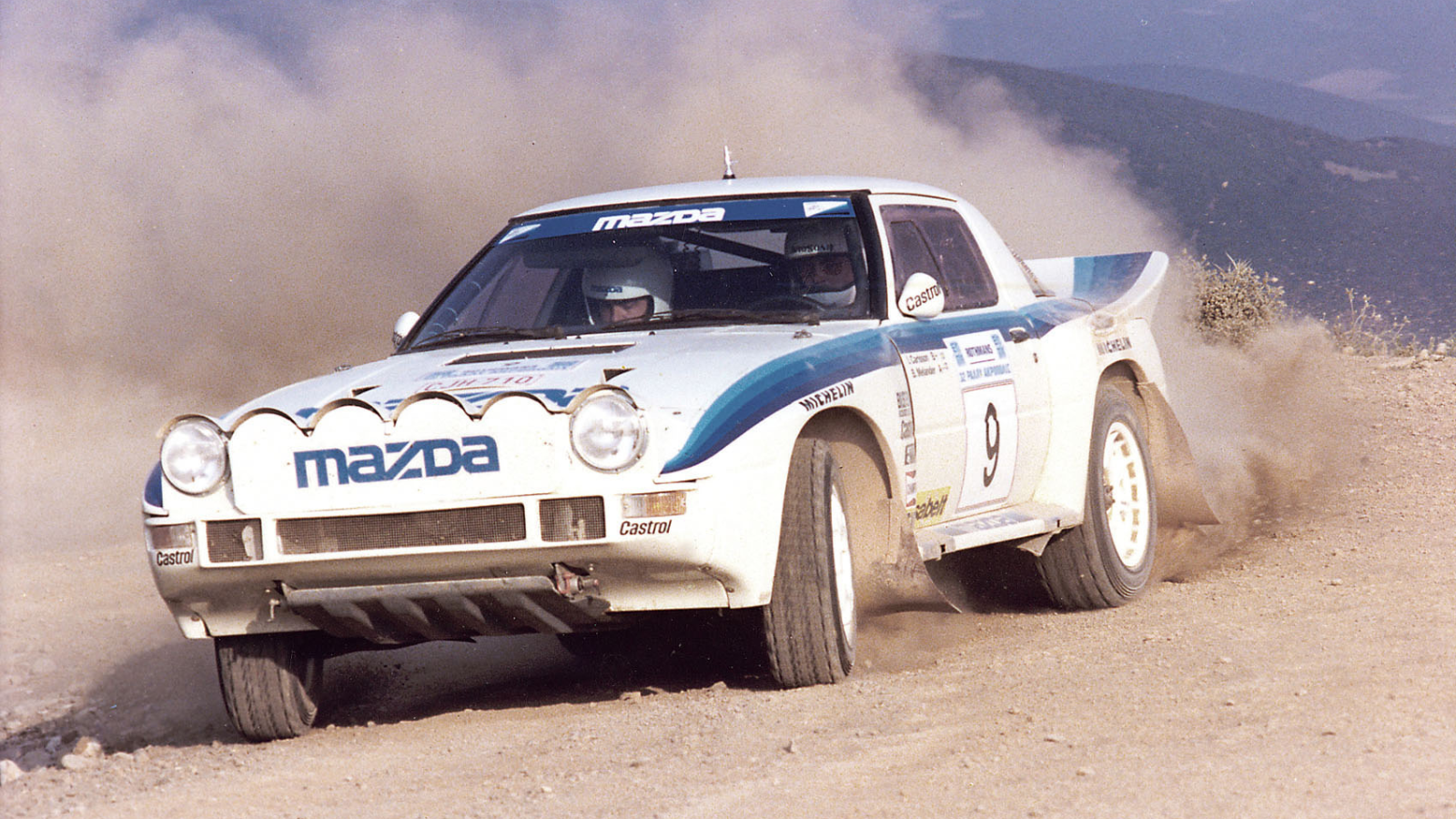 © Mazda
© Mazda -
 © Silverstone Auctions
© Silverstone Auctions -
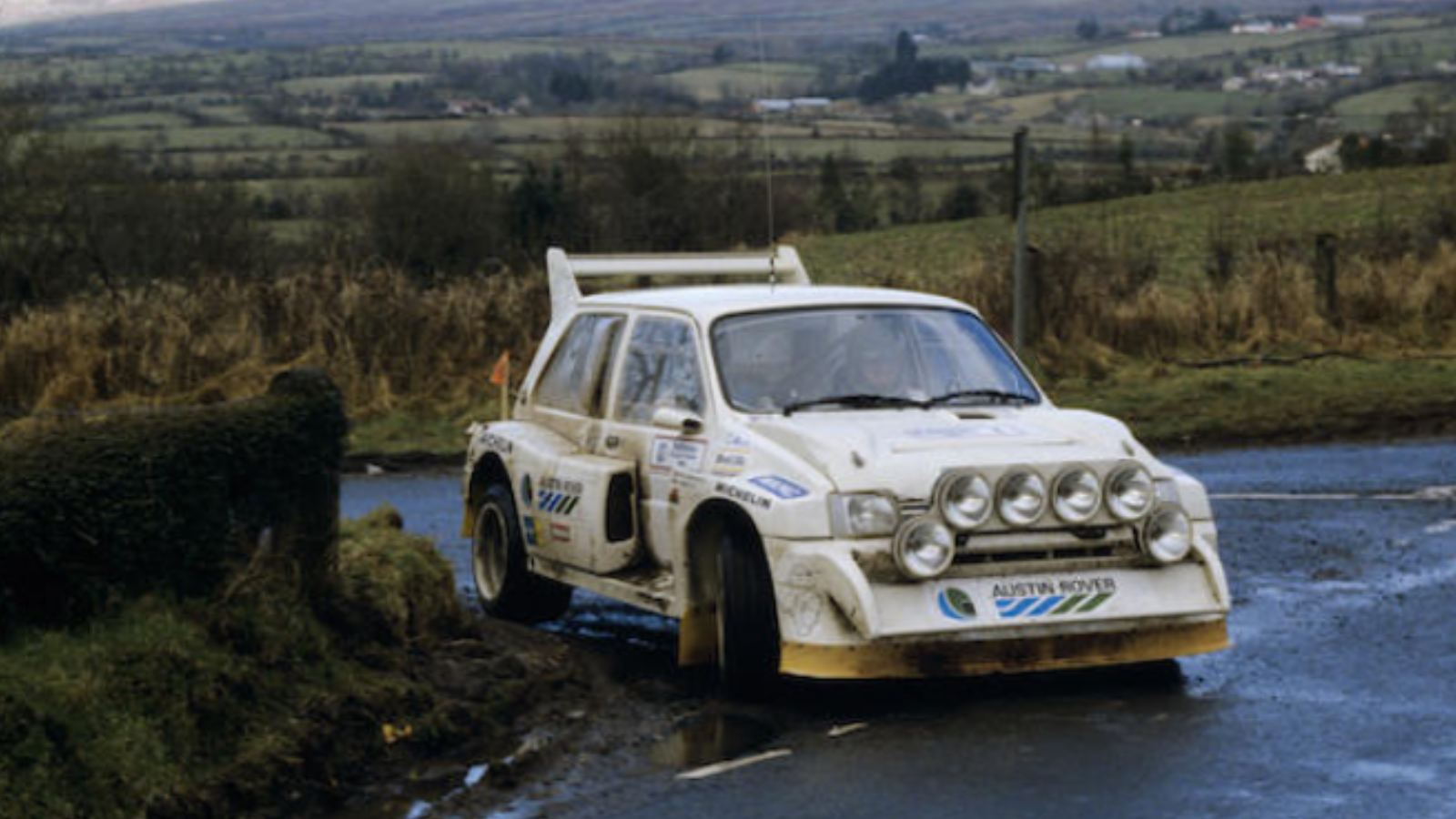 © Bonhams
© Bonhams -
 © Tennen-Gas/Creative Commons https://creativecommons.org/licenses/by-sa/3.0/legalcode
© Tennen-Gas/Creative Commons https://creativecommons.org/licenses/by-sa/3.0/legalcode -
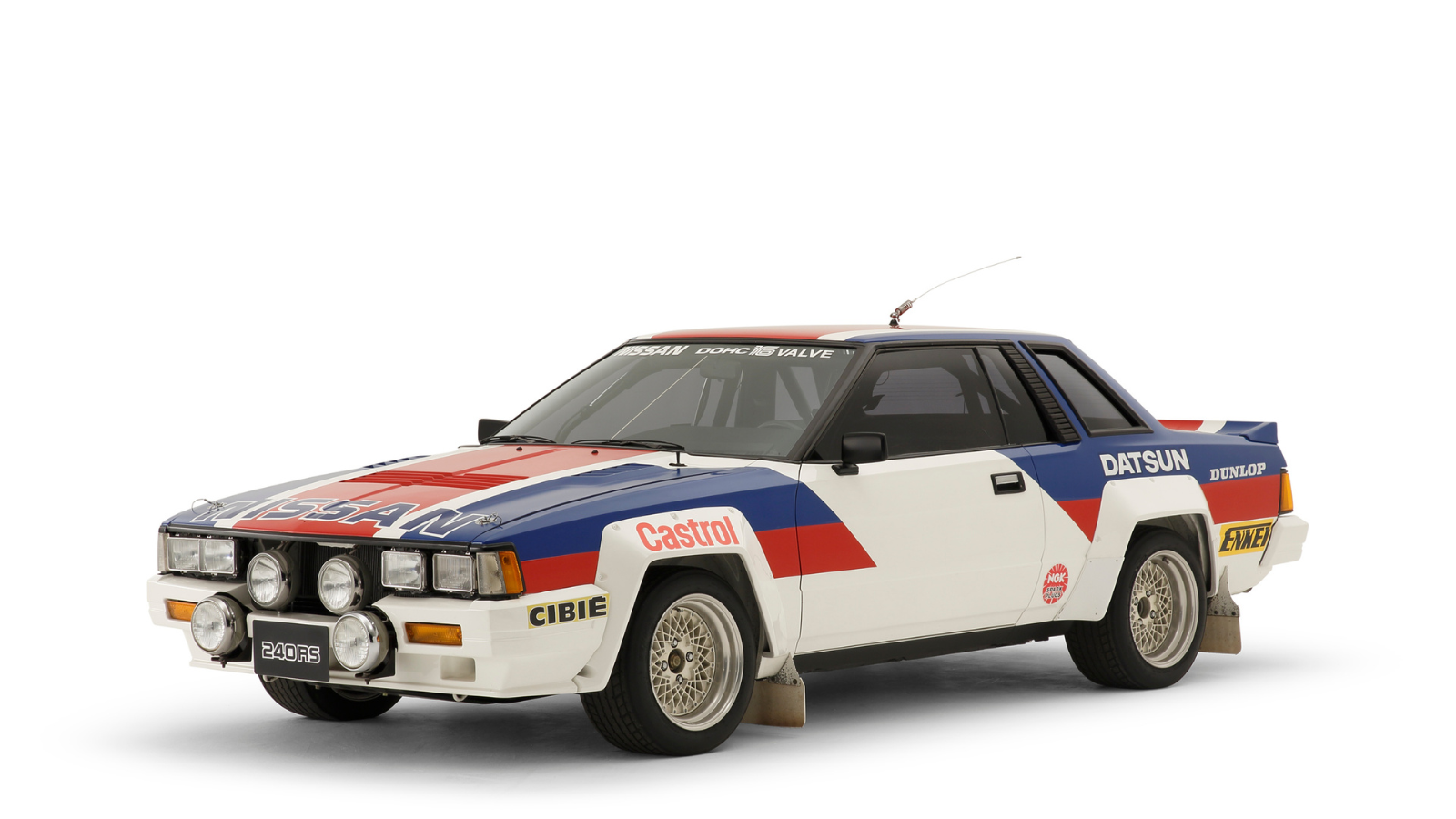 © Nissan
© Nissan -
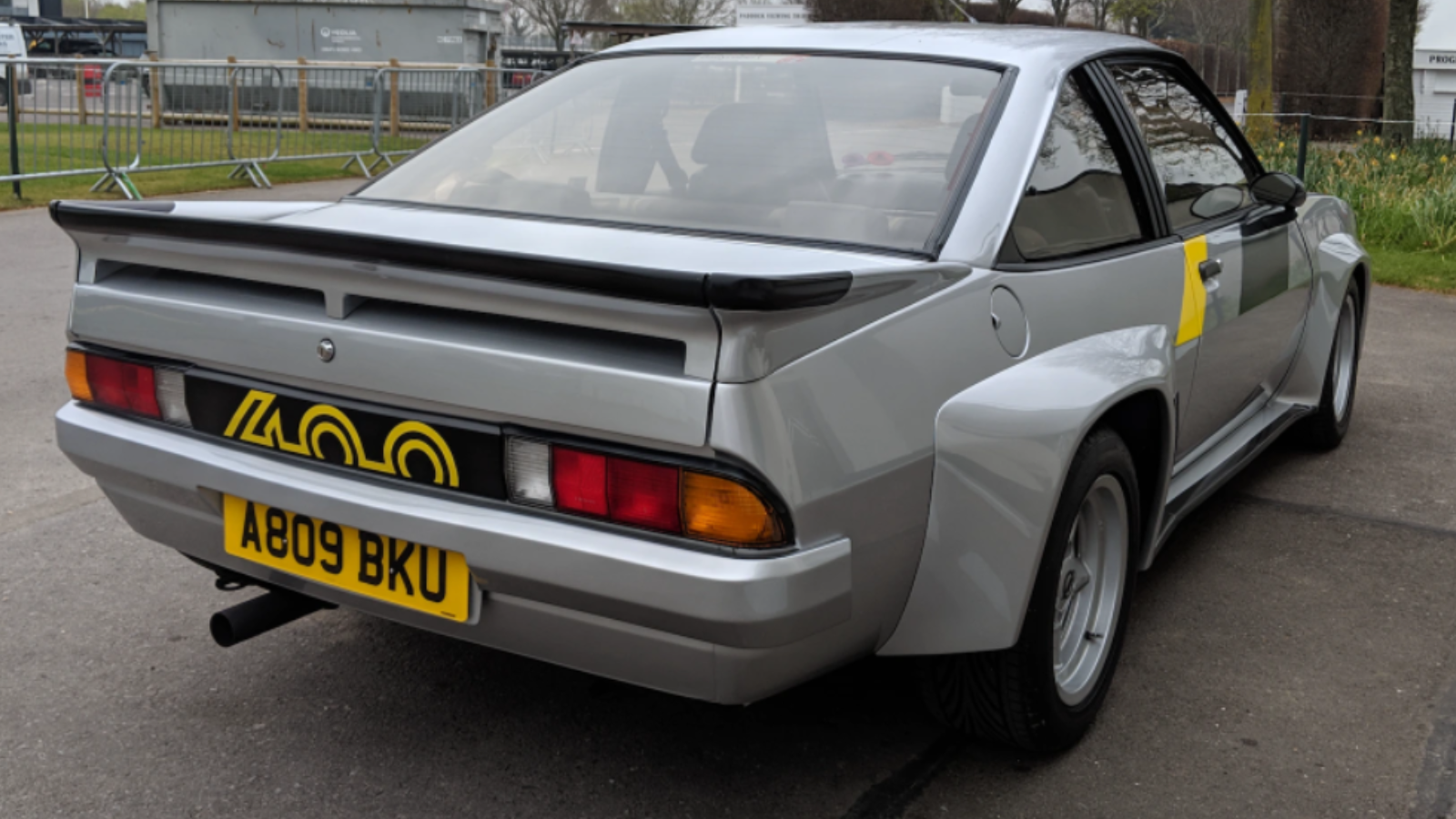 © Collecting Cars
© Collecting Cars -
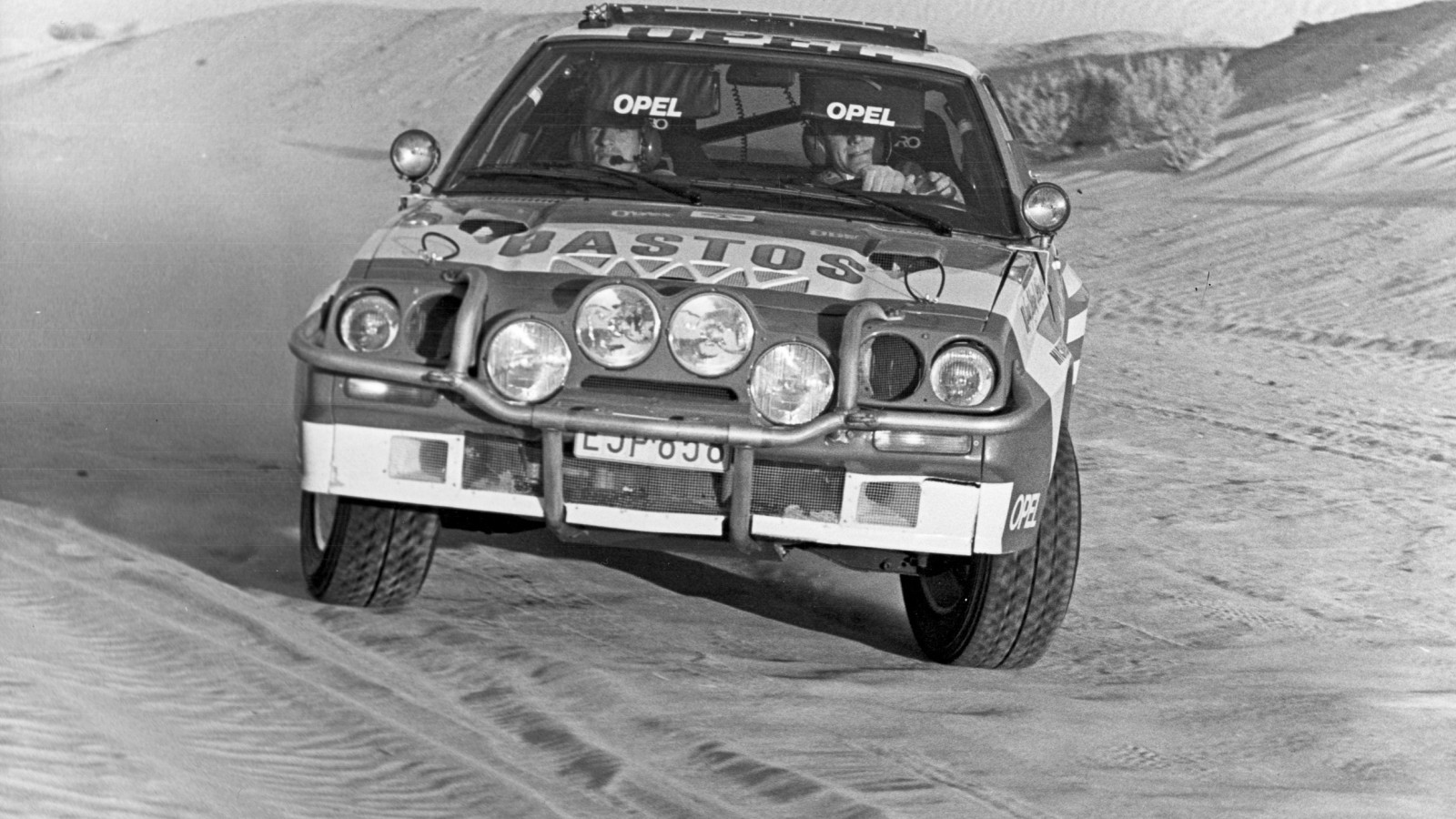 © Stellantis
© Stellantis -
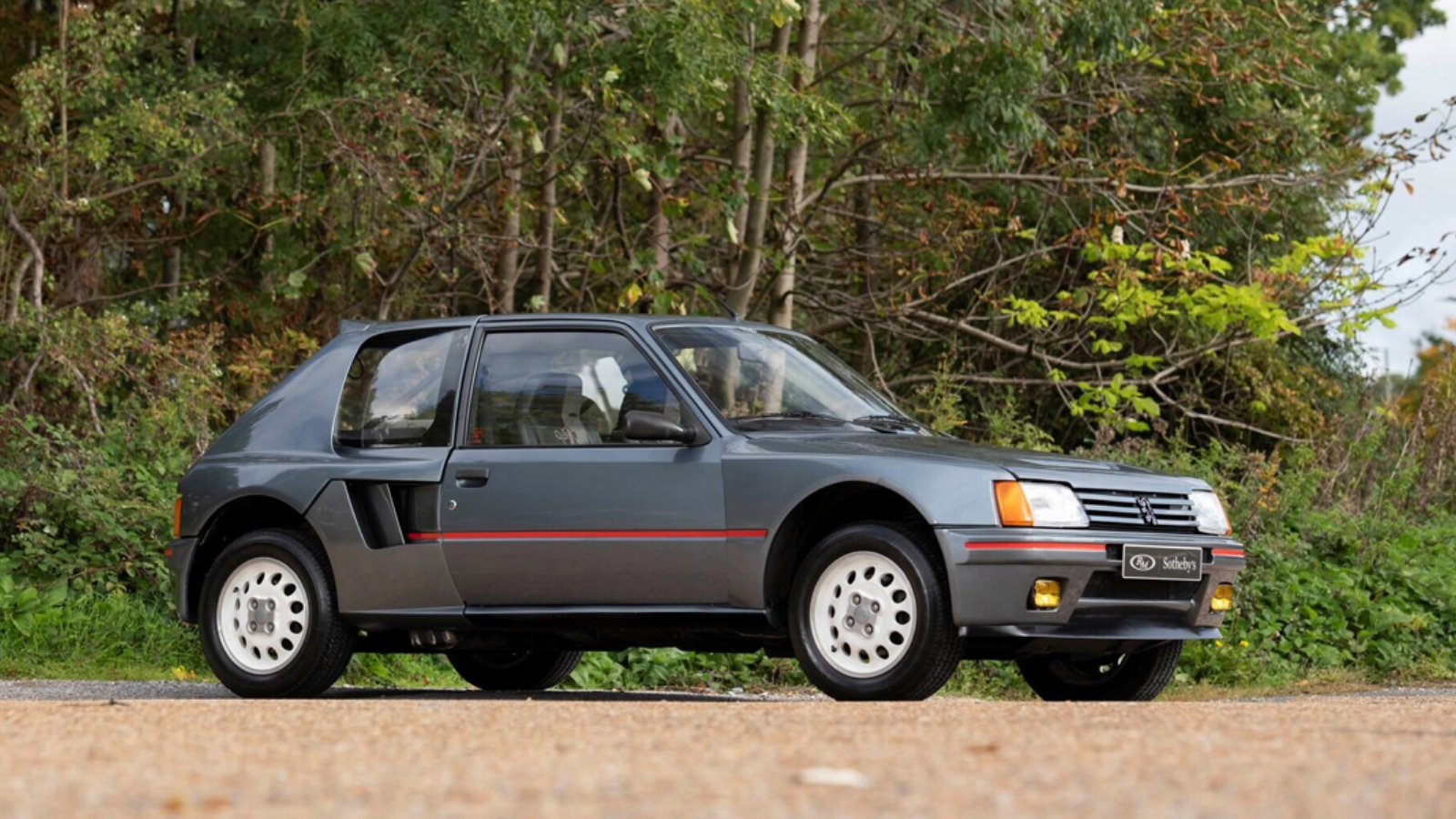 © RM Sotheby’s
© RM Sotheby’s -
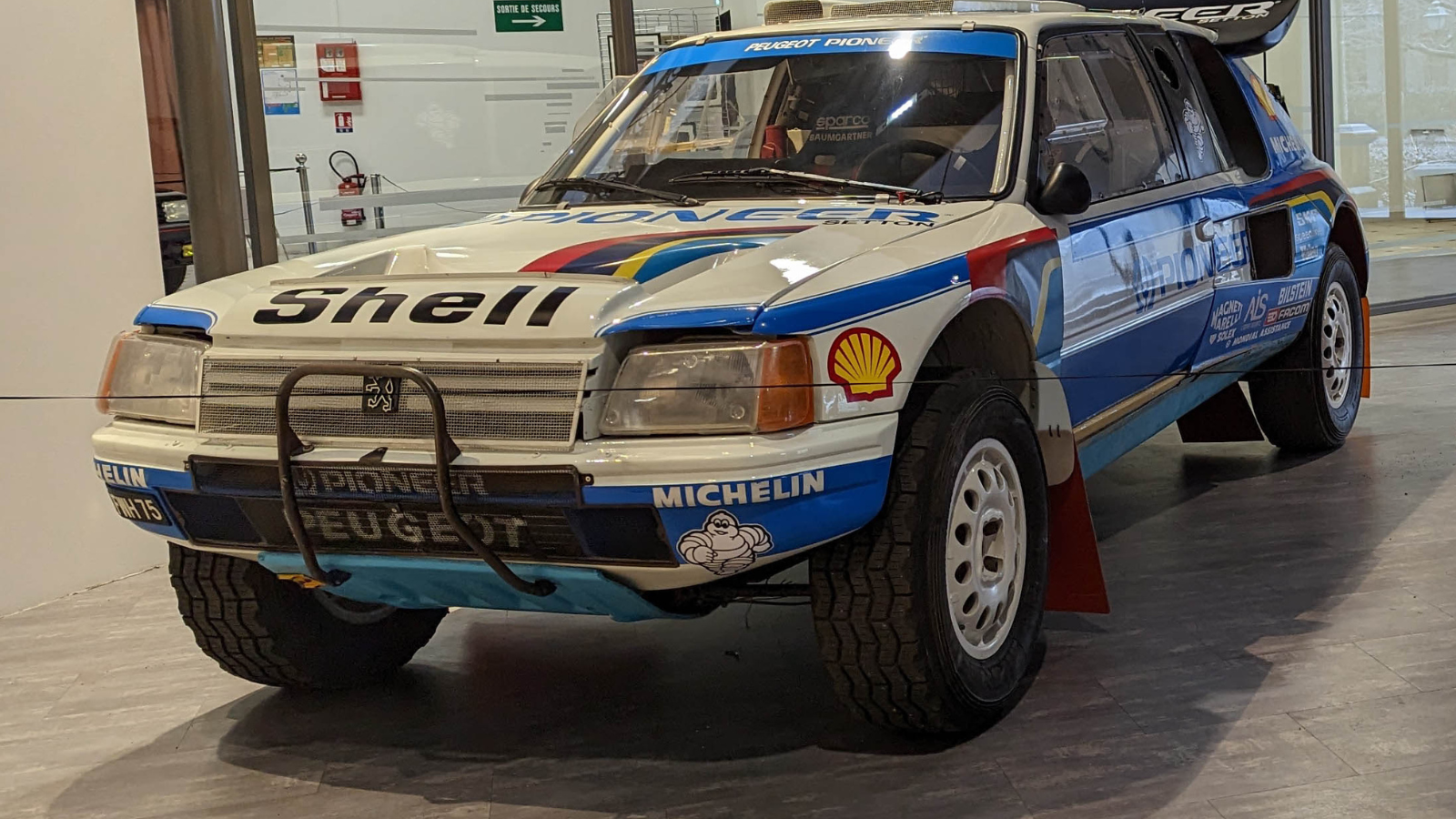 © Stellantis
© Stellantis -
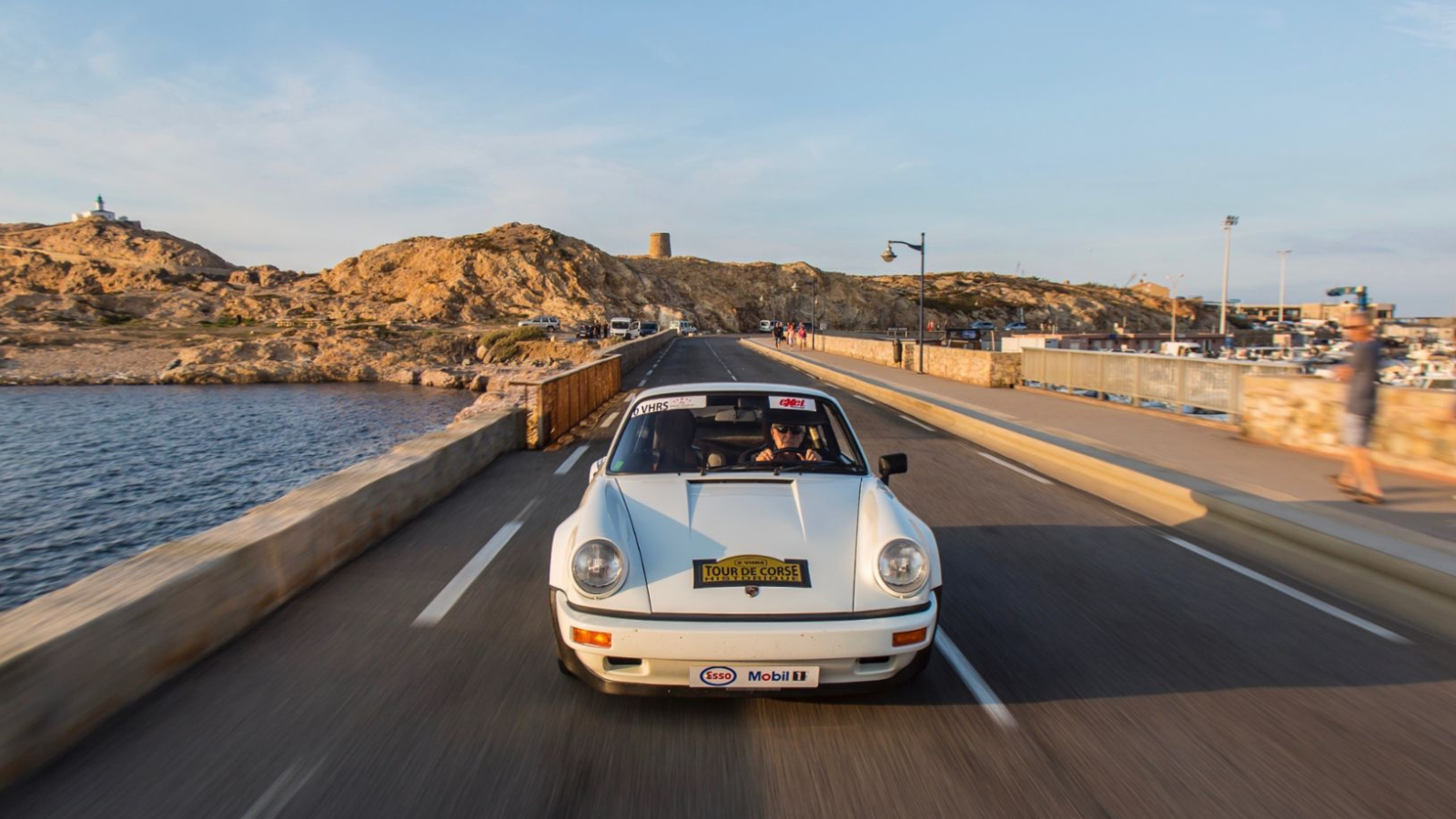 © Porsche
© Porsche -
 © Prodrive
© Prodrive -
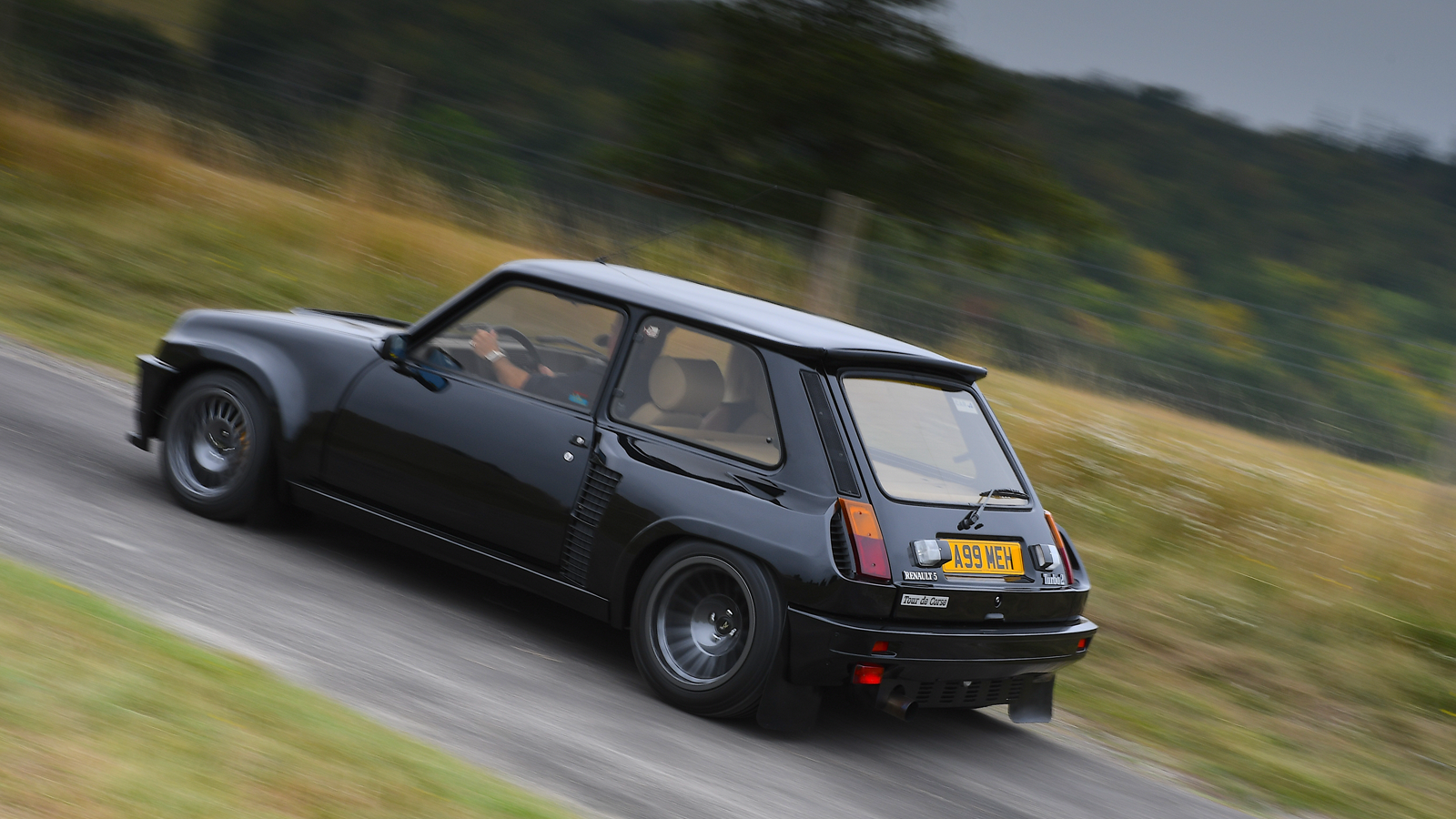 © John Bradshaw/Classic & Sports Car
© John Bradshaw/Classic & Sports Car -
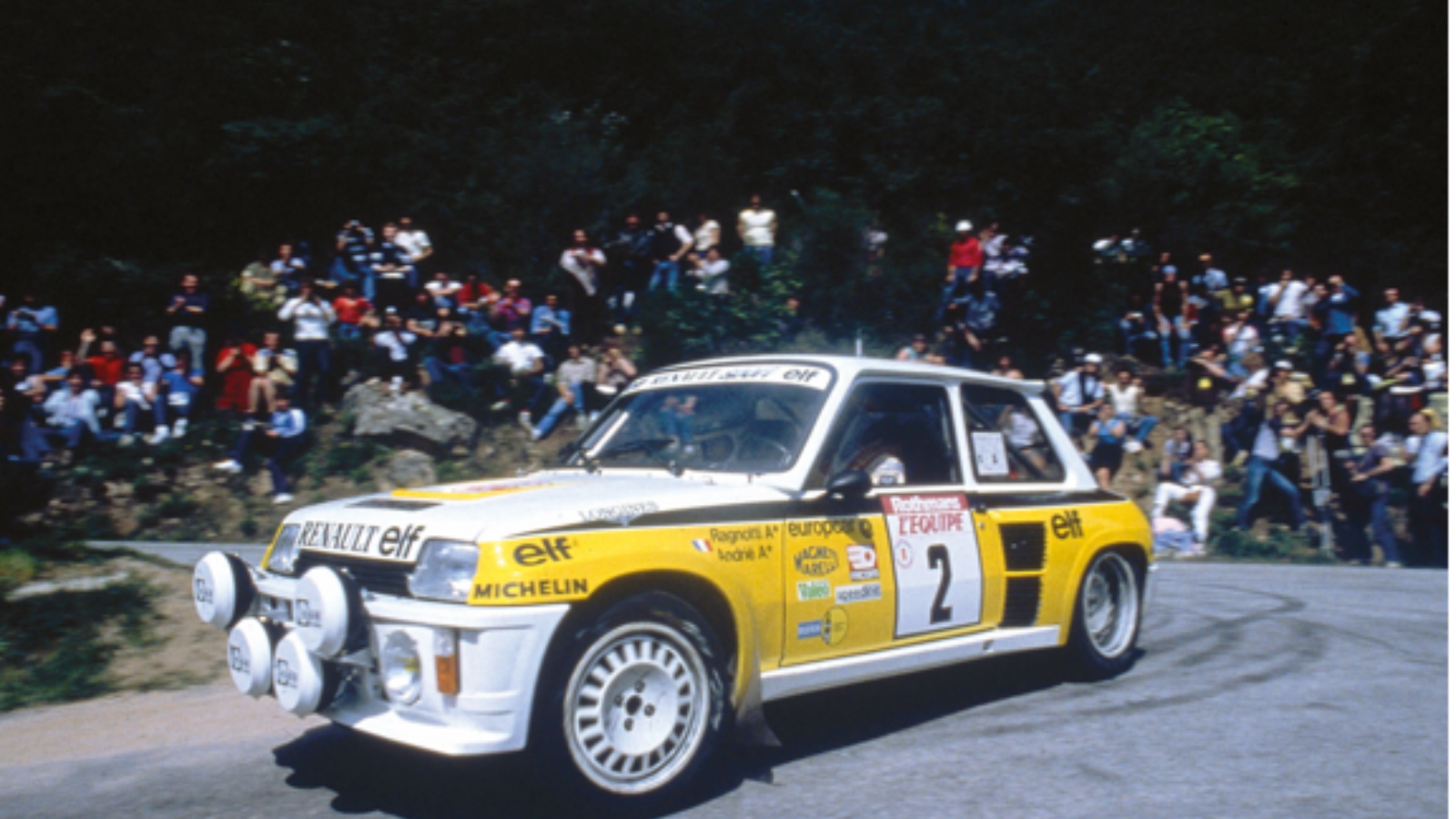 © Renault
© Renault -
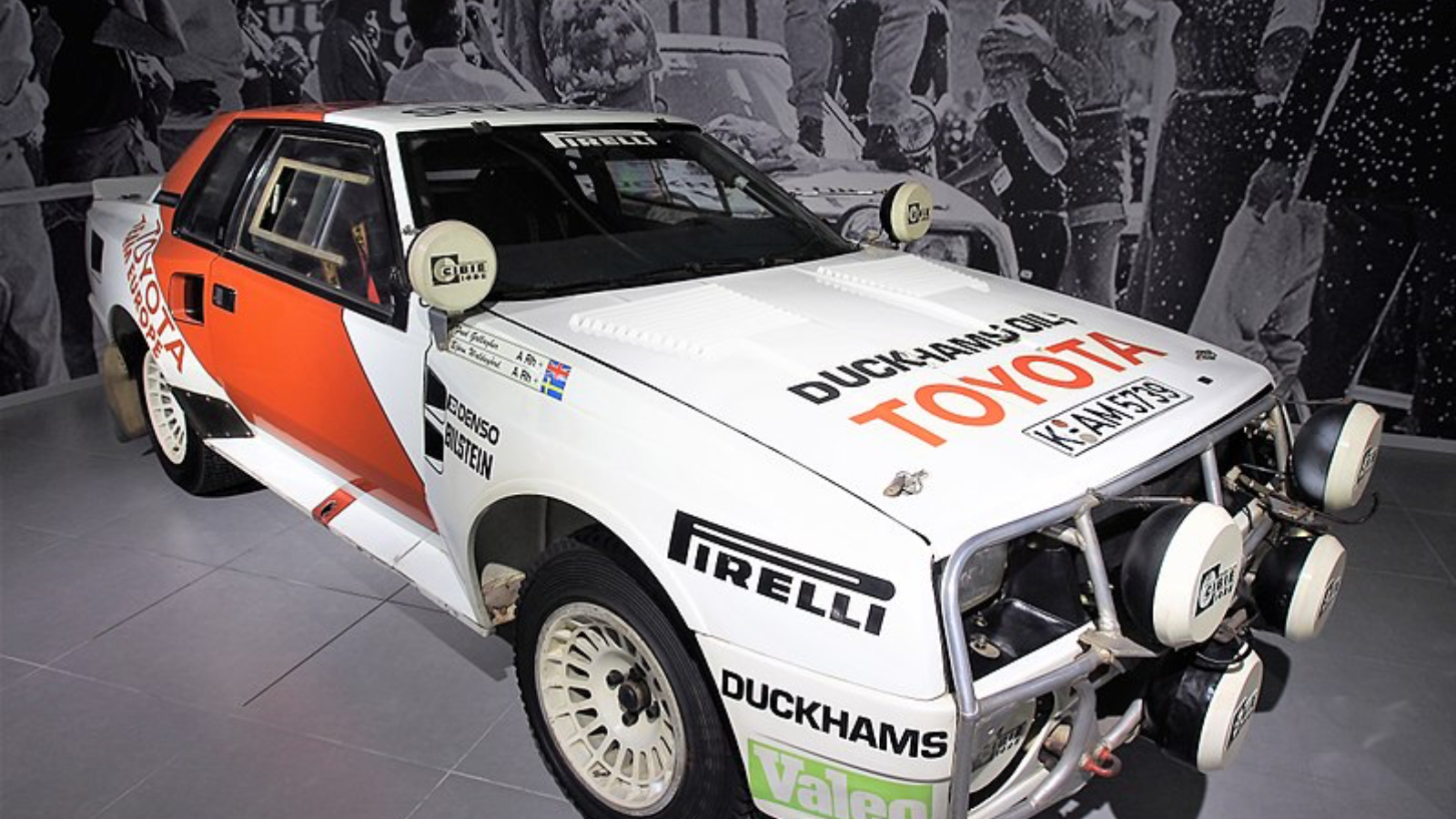 © Alf van Beem/Wikimedia Commons/public domain
© Alf van Beem/Wikimedia Commons/public domain -
 © Toyota
© Toyota
-
13 of the wildest roadgoing rally cars ever
This year, 2023, marks four decades since the Group B rally category came into effect in 1983, following a transitional year from Group 4 regulations in 1982.
It was a wild period in World Rally Championship history that allowed car makers to break away from previous mainstream production designs and produce just 200 examples to be eligible for competition, followed by a further 20 ‘evolutions’ to introduce even more radical modifications.
For a handful of wealthy owners, it also meant the chance to buy the most exotic rally cars the world had ever known and run them on the road – the Ford RS 200, Lancia Delta S4 and Audi Sport quattro among them.
Liberal rules ensured Group B machinery was incredibly diverse, but hallmarks include lightweight composite bodywork, all-wheel drive and mid-engined turbocharged engines capable of more than 500HP. Perhaps inevitably, they also led to disaster and Group B’s cancellation at the end of 1986.
We’ve included all the key cars from Group B’s top flight together here, showcasing both the road and competition cars, presented in alphabetical order…
-
1. Audi Sport quattro
If the quattro wasn’t the most radical Group B car initially, that was because – like many auto makers – Audi simply evolved it from its previous Group 4 contender, a category that was much closer to production spec.
But even when it made its debut in 1981, the Audi quattro quickly changed rallying forever with its all-wheel-drive system that easily harnessed the might of its five-cylinder turbocharged engine.
The quattro won the manufacturers’ title in 1982 and 1984, and the drivers’ title in ’83 and ’84 with legendary drivers Michèle Mouton, Hannu Mikkola, Walter Röhrl and Stig Blomqvist, but by then Audi was faced with a slew of more radical mid-engined rivals and had to react with extra power and agility.
-
Audi Sport quattro (cont.)
The result was the Sport quattro in 1984, of which 214 were produced.
Audi chopped a huge 320mm from the quattro’s wheelbase, made extensive use of Kevlar, carbonfiber and fiberglass for the body panels and introduced a new lighter aluminum engine block and four-valve cylinder head. It pushed the road car’s 200HP to 306HP.
The rally car evolved from the initial short-wheelbase S1 to the boxy bewinged S1 E2 with more than 500HP, but the game had already moved on, and each version took just one WRC win apiece before Group B’s cancellation.
-
2. Citroën BX 4TC
Citroën is synonymous with its noughties and beyond domination of the WRC with Sébastien Loeb, but its BX 4TC Group B campaign was a disaster.
Not only did the French team arrive late, it also based its contender on the front-engined BX when opposition teams had adopted much more specialized mid-engined, spaceframe machinery (including parent Peugeot with the 205 T16).
The BX 4TC was radically reinvented, however, as its boxy panels strongly suggested – a curious look reminiscent of dystopian sci-fi movies where old cars are hastily made-over as automobiles of the future.
-
Citroën BX 4TC (cont.)
A 2.2-liter eight-valve Simca-Chrysler engine produced up to c375HP in competition trim and was mounted longitudinally rather than transversely for the production car (hence the huge front overhang).
Other peculiarities included hydrolastic suspension, no center diff, rear-mounted radiators and a curbweight that put it some 420LB over Group B’s minimum weight requirements.
There was a best result of sixth on Rally Sweden in 1986, but mostly the BX 4TC crashed or retired with suspension failure and Citroën moved quickly to can the program.
Only 63 roadgoing cars had been built by 1988 and Citroën bought many back to destroy them, avoiding embarrassment and the headache of aftersales service. Ironically that makes the few surviving cars even more sought after today.
-
3. Ford RS 200
Ford had gone a long way to developing the RS 1700T for Group B, a hatchback based on the new front-wheel-drive Mk3 Escort, but that sent drive to the rear wheels.
All-wheel drive was the way to go by then, however, and besides, it was a strange message when Ford was trying to convince buyers of the merits of front-wheel drive for its new family hatchback.
The solution was the RS 200, a sensational-looking machine that bore no resemblance to a Ford production car at all.
At its core, the RS 200 was built around a lower aluminum chassis, into which a rollcage was integrated. Metal subframes were then fastened to the aluminum passenger cell to carry drivetrain and suspension components (double wishbones and double shocks all round), with the whole lot wrapped in composite panels.
-
Ford RS 200 (cont.)
A 1.8-liter turbo engine made up to c380HP in competition trim, and sent power first to the gearbox at the front, before returning it rearwards.
The Sierra did donate numerous parts, however, including its tail lights, front windshield and (modified) doors, while stepping inside the RS 200 will be familiar to anyone who’s ever driven a Mk3 Escort or Sierra from the period.
Ford’s RS 200 late arrival meant it only contested the ill-fated 1986 season. In fact, when Joaquim Santos crashed into spectators on round three, Rally Portugal, it was an early sign that trouble was brewing.
-
4. Lancia Rally 037
Lancia had been at the forefront of rallying in the 1970s with the Stratos, a bespoke mid-engined machine built specifically to dominate the stages.
Internal politics saw the focus shift to the Fiat 131 Abarth, before Lancia returned for Group B with the 037, arguably the most beautiful car of the era and one clearly inspired by the earlier Stratos.
Modeled on the mid-engined Lancia Beta Montecarlo production car and first showcased at the 1982 Turin motor show, the 037 combined that model’s monocoque with tubular spaceframes mounted front and rear, to which powertrain components and double wishbones all-round were mounted.
-
Lancia Rally 037 (cont.)
The gorgeous composite body was designed by Pininfarina, while a 2-liter 16-valve engine derived from the Lancia Trevi was modified with a Roots-type Volumex supercharger and either twin carbs for road cars or fuel injection for competition models.
It produced c205HP for the road, or c305HP for the stage.
Despite being rear-wheel-drive only in the quattro era, the nimble 037 was able to routinely beat the clumsier Audis, helping it rack up five victories in 1983, and earning it the manufacturers’ title in the same season Audi took the drivers’ title with Mikkola.
-
5. Lancia Delta S4
While Lancia had a strong 1983 with the 037, a single victory the following year as Peugeot’s 205 T16 took the fight to Audi saw Lancia go back to the drawing board with the Delta S4.
The Delta name was really for marketing purposes, because the Group B machine shared very little with its namesake hatchback production car.
It had a tubular spaceframe chassis, with a mid-engined and four-wheel-drive powertrain configuration. And a windshield borrowed from the Delta.
-
Lancia Delta S4 (cont.)
The ‘S’ stood for supercharged (the ‘4’ for four-wheel drive) but that was, literally, only half of it – the incredible 1.8-liter unit featured turbocharging technology, too, the two chargers teaming up to deliver quick response, a punchy mid-range and the ability to rev to 10,000rpm.
The Delta won Rally GB 1985 – back then the final rally of the year – and looked strong for 1986, but sadly it would provide the catalyst for Group B’s demise when Henri Toivonen and co-driver Sergio Cresto plunged off a Corsican stage and died that year.
-
6. Mazda RX-7
That Mazda didn’t come to the Group B party with an exotic contender is probably down to Mazda Rally Team Europe being a factory-backed, if independent, operation founded by German rally driver Achim Warmbold in Belgium.
Instead, MRTE pinned its hopes on the existing and long-established first-generation RX-7, of which hundreds of thousands were produced. It allowed the rally team to simply produce 20 units as an evolution for competition.
-
Mazda RX-7 (cont.)
It featured wider wheelarches, a larger rear spoiler and a 13B rotary engine tuned to c300HP, but retained rear-wheel drive.
No surprises that it wasn’t particularly successful, but a third place on the grueling 1985 Acropolis Rally was testament to the Japanese sports car’s strength and reliability.
Mazda never fully got behind the project, preferring to concentrate on the all-wheel-drive 323 when the Group A era began in 1987.
-
7. MG Metro 6R4
Six cylinders, rallying, four-wheel drive… none of it was synonymous with the Austin Metro, but all of it fed into this British Group B contender and ultimately gave it its alphanumeric name: 6R4.
Engineered by Williams and built at Longbridge, the 6R4 was designed around a semi-monocoque seam-welded tubular chassis and featured huge GRP arches that made it almost as wide as it was long.
-
MG Metro 6R4 (cont.)
The 6R4 was a hatchback converted to a mid-engined layout, just like the Renault 5 and Peugeot 205.
But, unlike its French rivals, the Metro unusually featured a 3-liter naturally aspirated six-cylinder engine. It made c250HP as a ‘Clubman’ road car, rising to c410HP for competition.
Tony Pond scored a third on Rally GB in its 1985 debut year, but issues with the V6 engine meant multiple DNFs.
Later, with twin turbocharging added, the V6 famously substituted for the advertised V12 engine in the Jaguar XJ220.
-
8. Nissan 240RS
The third-generation Nissan Silvia (codenamed S110 and also known as the 200SX in other markets) made its debut in 1979 and formed the basis of the 240RS Group B car, which arrived on the scene for 1983.
Despite being similar to the production car, Nissan still had to build the minimum 200 units to comply with the FIA homologation requirements.
Much like the Toyota Celica TCT, Nissan’s Group B contender traded the exoticism of rivals for a more conventional, affordable and arguably more rugged layout, with a front-mounted FJ24 engine and rear-wheel drive.
-
Nissan 240RS (cont.)
It featured boxy wheelarches, lighter polymer body panels and wider wheel tracks, plus a 2.3-liter four-valve twin-cam engine producing c240HP as a road car, or up to c270HP for the works rally cars.
The dependable mechanicals helped the 240RS perform well on endurance events – it finished third on the Safari and Ivory Coast rallies in 1985.
But the car’s best result was on the fast gravel roads of New Zealand, where Timo Salonen scored an impressive second place, catching the eye of Peugeot in the process.
-
9. Opel Manta B 400
Opel had enjoyed success in Group 4 rallying with the Ascona 400 and related Manta 400, and in 1983 made the leap into Group B, initially using a gently developed Ascona, before switching to the Manta that by then had been more specifically developed for the category.
Unlike successful rivals, the Manta used production-car derived underpinnings and a front-engined, rear-wheel-drive layout, but did make widespread use of Kevlar body panels, including its hinged panels. The 2.4-liter double-overhead camshaft 16-valve engine was developed by Cosworth and developed a punchy c275HP for the stage.
Road cars made do with a less impressive 145HP, but looked much quicker when specified with the optional wide wheelarches from Opel-affiliated tuner Irmscher – 59 of the 245 produced indeed were.
-
Opel Manta B 400 (cont.)
The roadgoing models also featured a more luxurious interior including Recaro seats in ‘Opel Blitz’ fabric. More affordable i400 and i200 models that riffed on the homologation model followed, too.
The Group B Opel Manta largely failed to deliver in WRC competition.
A third on Rally GB for Jimmy McRae was the highlight of 1983, while Rauno Aaltonen claimed second on the 1984 Safari.
It had more success in national events in Great Britain and Ireland with McRae, Russell Brookes and Bertie Fisher driving.
-
10. Peugeot 205 T16
The 205 T16 was the first car from the Peugeot Sport Competition department.
Clearly inspired by the Renault 5 Maxi Turbo, Peugeot took a best-selling supermini and turned the drivetrain through 180 degrees to create a mid-engined, all-wheel-drive monster.
All examples started life as a standard 205 body shell, which was modified by Heuliez by adding a firewall behind the B-pillar and tubular subframes front and rear, before being sent to Simca for final assembly.
A 1.8-liter four-cylinder turbo engine combined a stronger diesel cylinder block with a 16-valve cylinder head, and was mated to a Citroën SM gearbox.
-
Peugeot 205 T16 (cont.)
While the works cars produced up to c500HP in E2 trim and are finished in white with Peugeot Sport graphics, the road cars produce c200HP and are mostly painted Winchester Gray, except five that are Pearlescent White.
The Peugeot 205 T16 was the car that ended the Audi quattro’s dominance in on the world stage, with momentum from a strong finish to its 1984 debut season carrying over to a dominant 1985 and 1986, where Peugeot bagged back-to-back driver and manufacturer titles.
-
11. Porsche 911 SC/RS
The 1982 Porsche 911 SC/RS was a pragmatic solution to Group B requirements from Porsche, rally partner Prodrive and its Rothmans backer, one that exploited rules allowing models already homologated for Group 1-4 rallying to be entered into Group B competition.
Only a 20-unit production run was required to homologate any additional changes.
Built on the foundations of the 911 SC Group 3 rally car, the SC/RS used aluminum panels, thinner glass and Kevlar bumpers to reduce weight, plus borrowed its suspension from 911 RSR and 935 racing cars, and its uprated brakes from the 917 Le Mans contender.
The naturally aspirated 3-liter engine was tuned to 290HP.
-
Porsche 911 SC/RS (cont.)
A mere 20 cars were produced in total to meet FIA evolution rules, with just 15 road cars, making the SC/RS an incredibly rare, if perhaps underappreciated, footnote in Porsche 911 RS history.
Porsche planned to replace the SC/RS with the 911-based 959 supercar, but development was delayed and ultimately Group B had been canceled before it could turn a wheel in anger.
However, the 959 did go on to have success in the Paris-Dakar.
-
12. Renault 5 Maxi Turbo
Lancia might have made a bespoke mid-engined rally car previously with the Stratos, but Renault was first to apply those ingredients to a mass-produced hatchback with its revolutionary 5 Turbo – and in 1980 no less, when rallying still ran to Group 4 rules.
As such, the Bertone-designed rally special was way ahead of the curve (not to mention similar concepts like the Metro 6R4 and Peugeot 205 T16).
The R5’s bodyshell started life at the Flins production facility, before being radically modified by Heuliez (as would the later 205) for a mid-engined, rear-wheel-drive configuration that accommodated double wishbones all round.
-
Renault 5 Maxi Turbo (cont.)
The competition machine was upgraded for Group B, eventually becoming the Maxi Turbo with up to c350HP from a four-cylinder turbocharged engine, enlarged from the original 1397cc to 1527cc.
Just 20 were manufactured to meet requirements.
The initial homologation batch of Turbo 1 road cars boasted a necessarily similar spec to the rally cars, aluminum panels, polyester hood and all, but the post-homologation Turbo 2 was more affordable, and used steel and additional parts-bin R5 parts; it accounted for 3175 of the 4857 units.
-
13. Toyota Celica TwinCam Turbo
Like its domestic Group B rival from Nissan, the Toyota Celica TwinCam Turbo favored a more conventional engineering approach carried over from the Group 4 days, namely a monocoque platform with rear-wheel drive and a front-mounted engine.
Toyota worked in conjunction with its Toyota Team Europe satellite operation – founded by driver Ove Andersson – and used the Celica GT-T model as the basis for development, creating the highly limited GT-TS for homologation; 225 were built, including 25 evolution competition cars.
-
Toyota Celica TwinCam Turbo (cont.)
The Celica produced c180HP in road trim but the 2.1-liter – yep, double-overhead cam turbocharged – 4T-GTE engine was capable of c380HP in competition trim.
Predictably, the TwinCam Turbo lacked the grunt and grip of the most extreme Group B cars, but it did fare well on endurance events.
Toyota won both the Safari and Ivory Coast rallies three times on the bounce from 1984 to 1986. It also consistently had the edge over its Nissan 240RS rival.
